You already have the essentials covered. Beacon, shovel, probe, first aid kit, and so on. Maybe you’ve been on multi-day hut trips, or perhaps this is your first time packing for one. This article isn’t intended to explain the basics of using your safety equipment, or how to dress in layers. Nor is it a rehashing of ski touring or hut trip packing essentials. It’s a non-exhaustive list of “extra” things I have found useful and enjoyable in my experience staying in backcountry huts and yurts over the last decade.
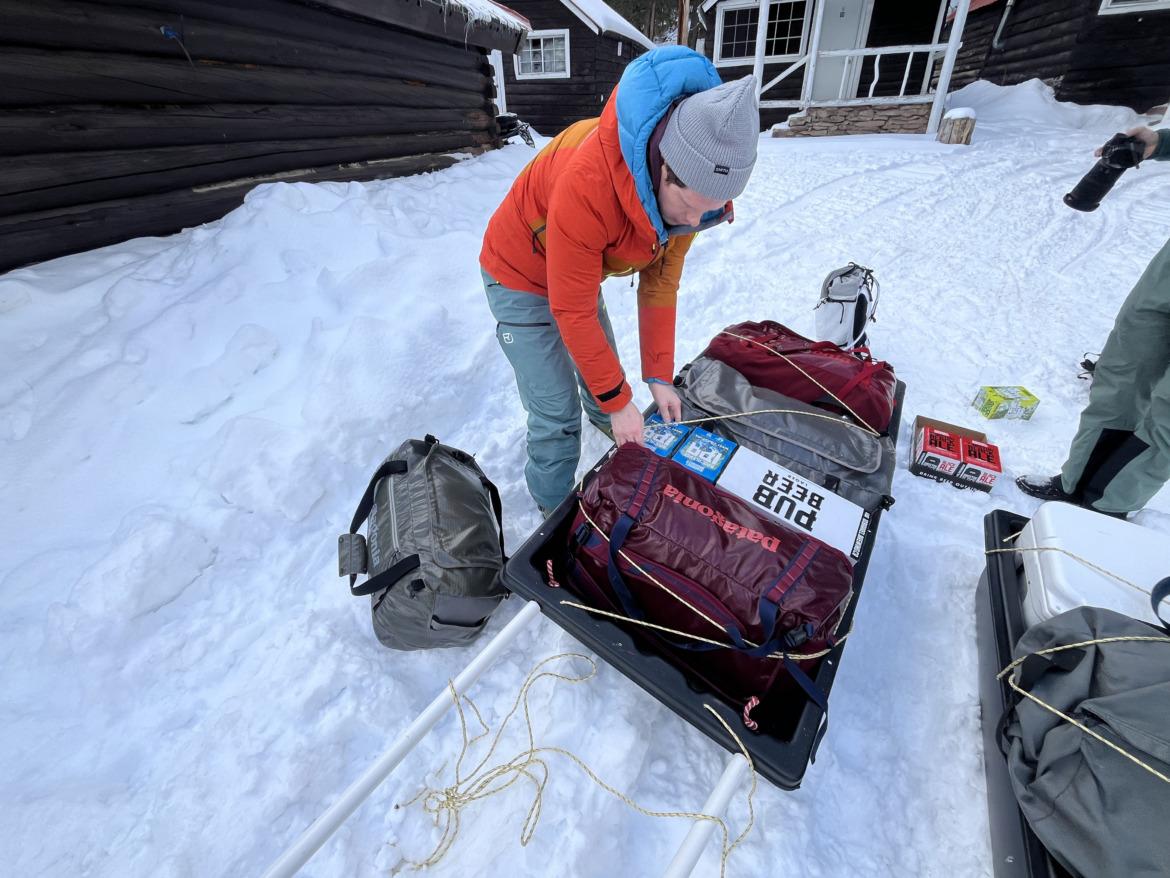
My name is Sean, a regular guy with a career in construction, who has built his life around living in and exploring the Sierra Nevada on bike, motorcycle, and skis. Tahoe National Forest is my backyard, and I stay in at least one of the huts maintained by the Sierra Club or Truckee Donner Land Trust nearby each winter. I crash in backcountry huts and explore new regions as life allows, most recently spending five days in the Beartooth Wilderness north of Yellowstone and four days in the Wallowas of Eastern Oregon this season.
As noted, this article won’t cover the basics, but they always bear repeating. This list, prepared by the 10th Mountain Division Hut Association provides a great general overview that you can apply to any winter trip, and this WildSnow checklist outlines Spring-specific touring gear recommendations. They are both worth reviewing, even for the experienced.
I’ve tiered the list that follows into three categories: Basically Mandatory, Very Useful, and Extracurricular. Hopefully, this will help you find specific items you hadn’t considered or inspire your own creativity in packing for your next hut trip.
Basically Mandatory
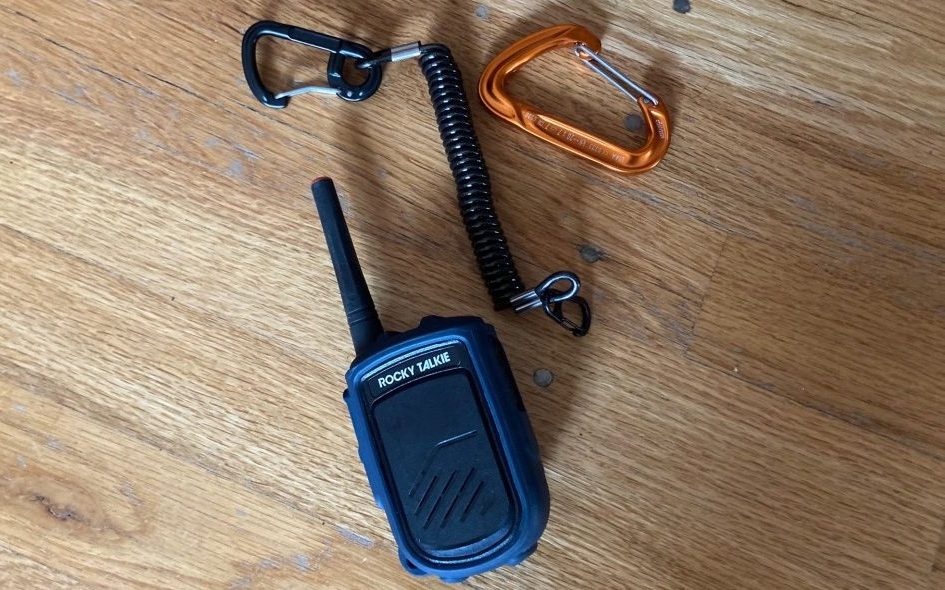
A Rocky Talkie Unit with the Mammut biner and backup leash disconnected.
Radios and communication tools. While not listed as part of AIARE’s Holy Trinity of beacon/shovel/probe, I believe that radios should be considered an essential part of every backcountry safety kit. Carry a radio regularly and you will see how quickly they become an essential means of communication. Last season, BCA released their new and improved BC Link 2.0 Radio, compatible with the also-excellent Rocky Talkie Mountain Radio. Both models include subchannel frequencies that play nicely together, which seems to be a point of confusion in the online world but hasn’t presented issues for me in real life. Bring yours and gone are the days of unrequited shouts to your friends, lost over convex rolls or off into the trees.
Also, if you own an iPhone 14 through 16 and have installed iOS 18, then your phone is capable of satellite messaging, which is currently free (and will remain so, as I understand it). In other words, as an owner of one of these phones, you have a de facto inReach in your pocket. iPhone models 14 and 15 were originally released with SOS satellite connection for roadside assistance only, but as of September 2024, they too have Starlink connectivity, which was released for the 16. As for SatComm emergency-specific devices, the Garmin inReach Mini 2 is the latest iteration of a trusted classic that you should consider bringing on your next off-grid adventure, especially if you don’t have one of the newer iPhones.
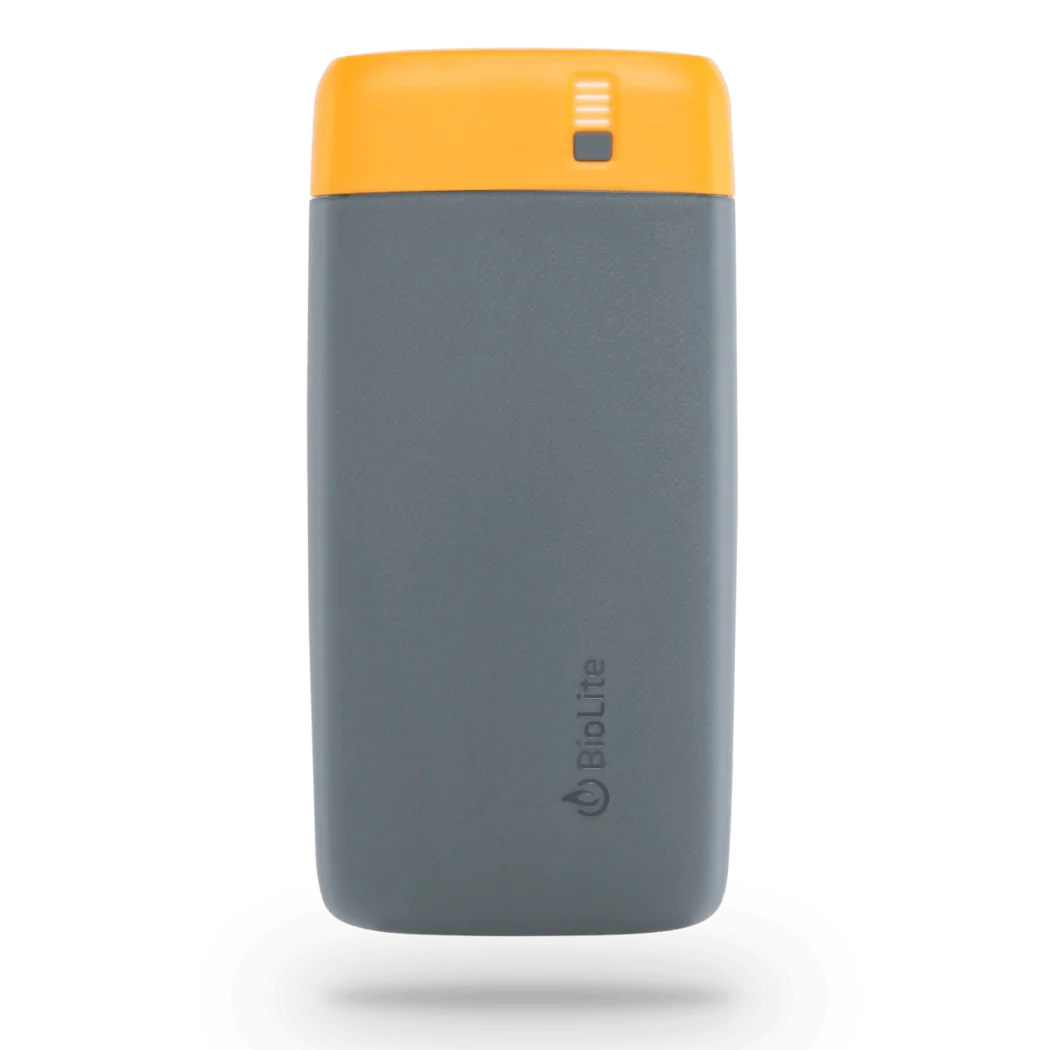
Power Banks. Phones, an inReach, and other devices are no good if they’re dead. Even newer airbag pack models using battery-powered supercapacitors can be charged with a power bank. The Alpride E2, for example, can be charged via USB-C, found on virtually all current battery brick models. Headlamps like the Petzl SWIFT RL, smartwatches, and lots of other electronic devices now charge via USB as well. I travel with a Biolite Charge 80, which has the capacity for about five complete cell phone charges (or specifically, 20,000 mAh, for the electrically savvy). On backcountry trips, I tend to leave my phone on airplane mode and charge other devices only as needed and have found that the Charge 80 has plenty of juice for all of my needs for 4-6 days off the grid and with no other means of charging. Of course, you’ll also have devices that require their own batteries such as your avalanche transceiver, so be sure to pack extras.
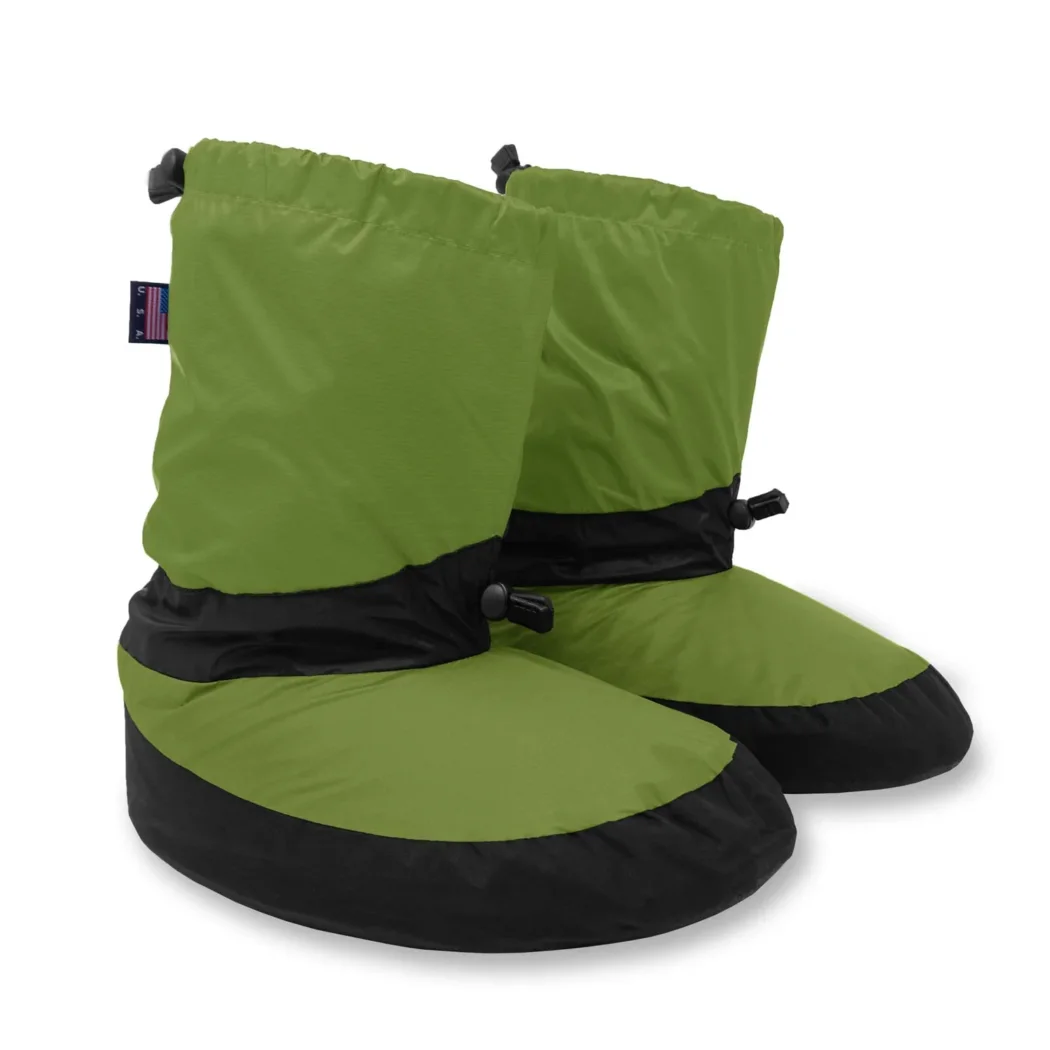
Feathered Friends Down Booties
Down Booties. If you’re reading this, chances are you own a pair already. But perhaps you’ve found a way to avoid it, don’t want to fork over the money, or are just plain tougher than I am (I went on exactly one trip without booties before buying a pair). Purchasing the Feathered Friends Down Booties years ago took my hut comfort from tolerable to top-notch. I recommend these due to their overall warmth, cinchability just above the ankle, and anti-slip tread for those late-night outhouse runs.
Deck of cards. Don’t assume that the hut will provide one (with a full 52 no less), or that surely some other reliable friend will have one in their pack. As Mahatma Gandhi once said, “Be the friend you wish to ski with in the world.” Or something like that. After all, when it comes to your ski partners and your Rummy games, you want to make sure that everyone is playing with a full deck. The Freedom of the Hills deck plasters each card with wilderness and mountaineering best practices if you want an easy way to work safety tips into your nightly group games.

Paper map and compass. Gaia, CalTopo, OnX Backcountry, etc are great tools, but nothing compares to a good old-fashioned USGS map. Understand any drainages, creeks, lakes, surrounding slope angles, and other prominent features in advance of your departure, and plan potential routes with your partners. Maps contain useful Wilderness boundaries as well, where snowmobiles and other gas-powered machines are not allowed. Knowing this before you go is critical to route planning and respecting the area that you are visiting.
Besides their reliability, there’s something innately adventurous and exciting about poring over a physical map by lamplight with your friends. You may not be Magellan, but you also won’t likely die by spear impalement either – which is nice.
Printed forecast. There’s no guarantee that you will have access to the daily avalanche report while off-grid, but you can certainly prepare yourself and your group for what’s to come ahead of time. Printing out the current avalanche report and multi-day forecast to review each day over breakfast or pin up on the door is a great way to remind everyone what the likely problems are each day of your trip. You may not have the local avalanche center daily forecast at your fingertips, but understanding that there will be rapid warming on Saturday or high winds out of the north on Sunday is crucial to smart decision-making.
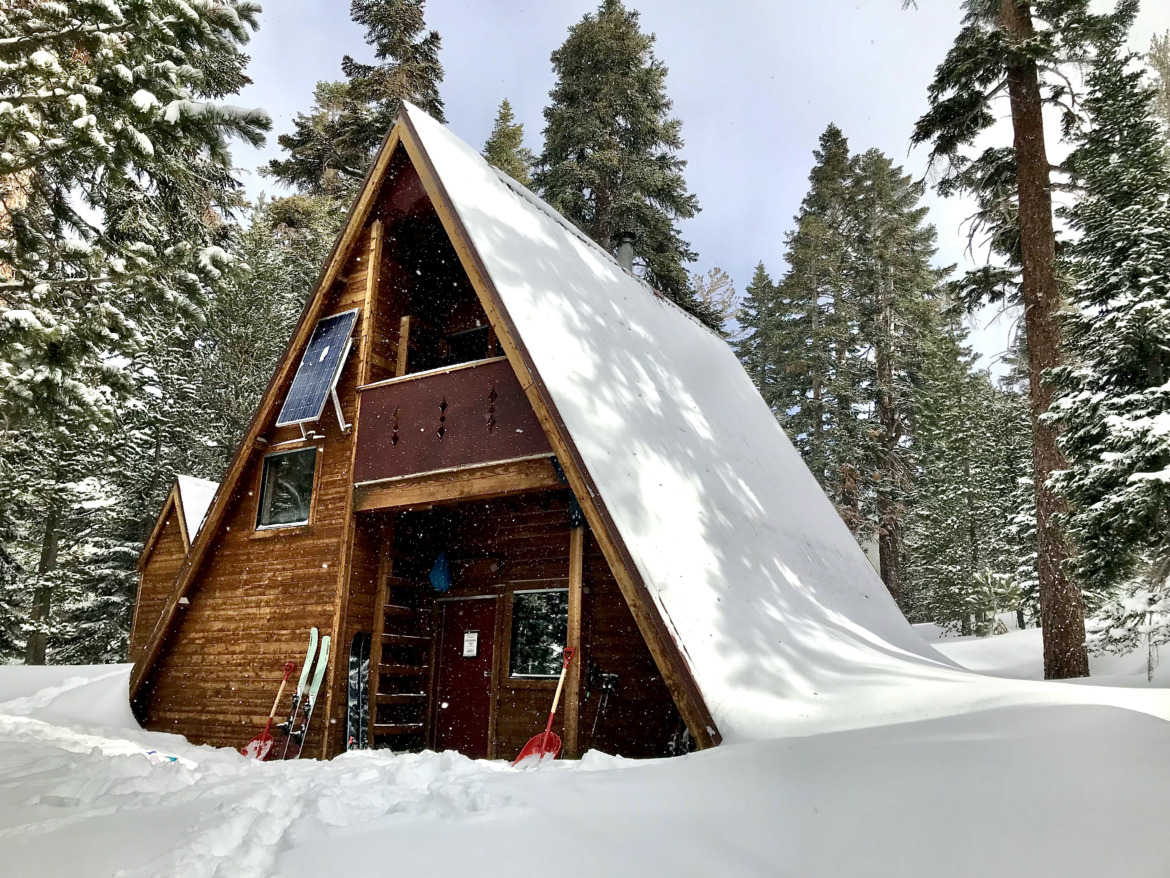
Very Useful
Eye mask and ear plugs. There will be snoring, shuffling, coughing, and almost everyone will get up to go pee during the night. And sometimes, the full moon will perch itself directly above that wonderful central skylight in your yurt and find a way to penetrate your eyelids with its brain-scathing luminosity. Covering eyes and ears with an eye mask and ear plugs may not prevent all disruptions but I can assure you that having them is preferable to nothing at all. They also take up next to no pack volume and weigh only a few grams. The eyemask from travel brand Matador is ultra-comfortable and has a little pocket with foam earplugs so you have everything you need to protect your sleep in one small package.
Ripstop nylon patches. Sharp edges of skis, rusty stoves, or the stray screw of a bed frame will find their way into your outer layers eventually. I first learned the value of keeping nylon patches in my kit when my booties ripped early on during a week-long trip and a wise and more experienced friend mended them for me on the spot.

A minimalist repair kit.
A basic toolkit including the following:
- Zip ties. Perhaps the unsung hero of the field repair world, I’ve found zip ties to be far more useful than duct tape. Don’t get me wrong, I keep a roll of duct tape too, but cold and wet conditions can render it fairly useless. I’ve used zip ties to hold a broken binding brake up and out of the way, and a motorcycle’s loose handguard from accidentally pressing the front brake lever while riding.
- Paracord. Huts will sometimes have p-cord or wire pre-hung from the rafters or bunks for drying gear, but to me, this is one of those things that is so versatile and important to have that carrying extra is worth the bit of bulk, just in case.
- A multi-tool. With a knife, scissors, hex wrenches, Phillips, and flathead screwdrivers. Useful for basic binding repairs, cutting your aforementioned nylon patches – you name it – a multi-tool will come in handy. The Leatherman Free P4 has pliers, scissors, and the basic tools you’d want without going too heavy, but choose a multi-tool based on the specific needs of your kit.
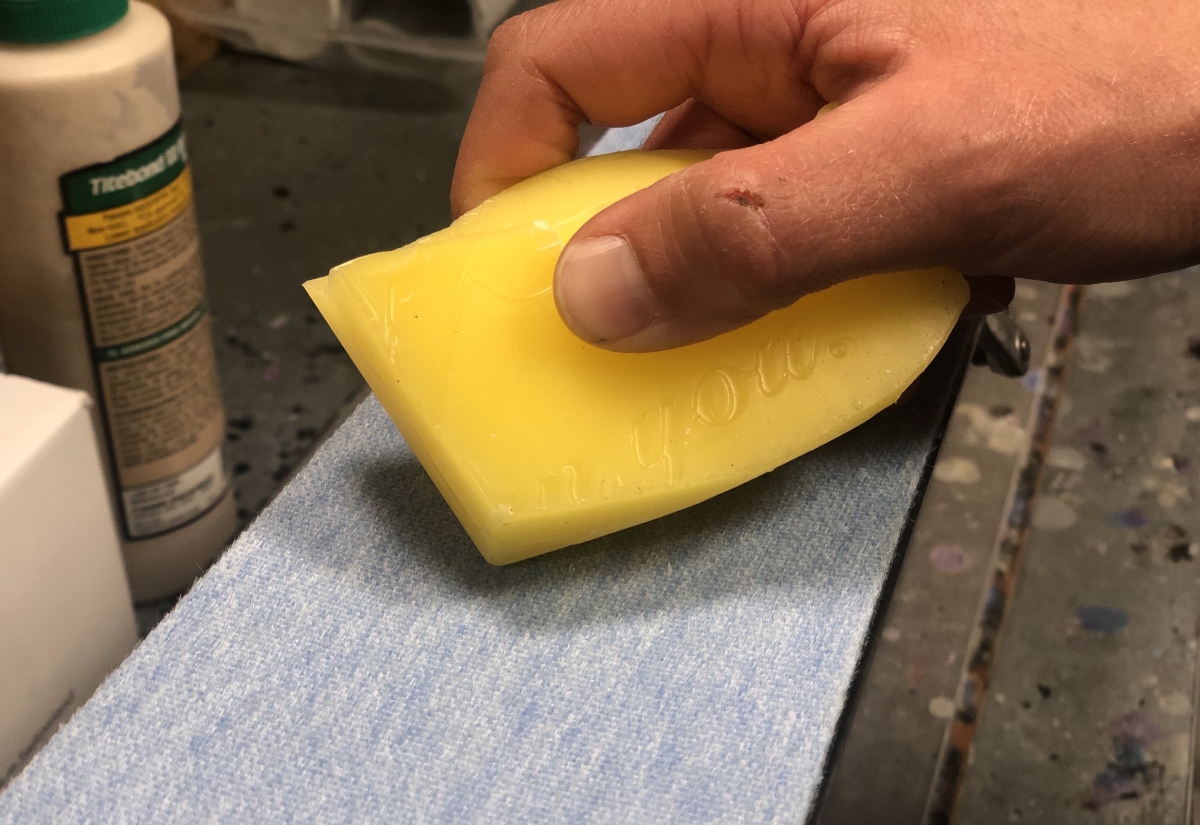
Crayoning wax into the skin can help as a quick fix.
Skin wax. I keep a bar of Black Diamond Glob Stopper in my pack and recommend you do the same, especially in the Spring when the temperatures rise substantially over the course of the morning. It may sit unused for entire seasons, but eventually you will be grateful it’s there. Give your past self a one-armed, time-traveling high five.
Newspaper. Having some sheets of the Funnies can be fantastic when it’s time to get the fire going. Hutmeisters or guides will generally provide you with an understanding of the fireplace functionality in advance of your trip and this is potentially overkill. But if you are staying in a hut with a wood-burning stove, newspaper weighs next to nothing, packs flat, and makes excellent tinder.

Jon Waterman during his summit day, this June of 2016 on Denali. Note the antique backpack combined with modern sunscreen.
Sunscreen and lip balm. Don’t let overcast skies fool you. The wind, cold, or even unexpected sunshine (especially in the Spring) will chap your lips and face and leave you feeling even more painfully dehydrated than you already are. I like a higher-SPF option such as this mineral sunscreen stick from Sun Bum. Speaking of dehydration…
Electrolytes. There are approximately one gazillion powdered electrolyte and hydration powders to choose from nowadays, and I avoid anything with high sugar content or other unnatural ingredients. Focus on sodium, chloride, magnesium, potassium, and iron instead. LMNT packs an extra salty punch free of artificial junk and BUBS Naturals boasts the same. I’ve tried both and enjoy them during and after high-intensity workouts. Not to mention, having my water full of some tasty electrolytes makes me want to drink it.
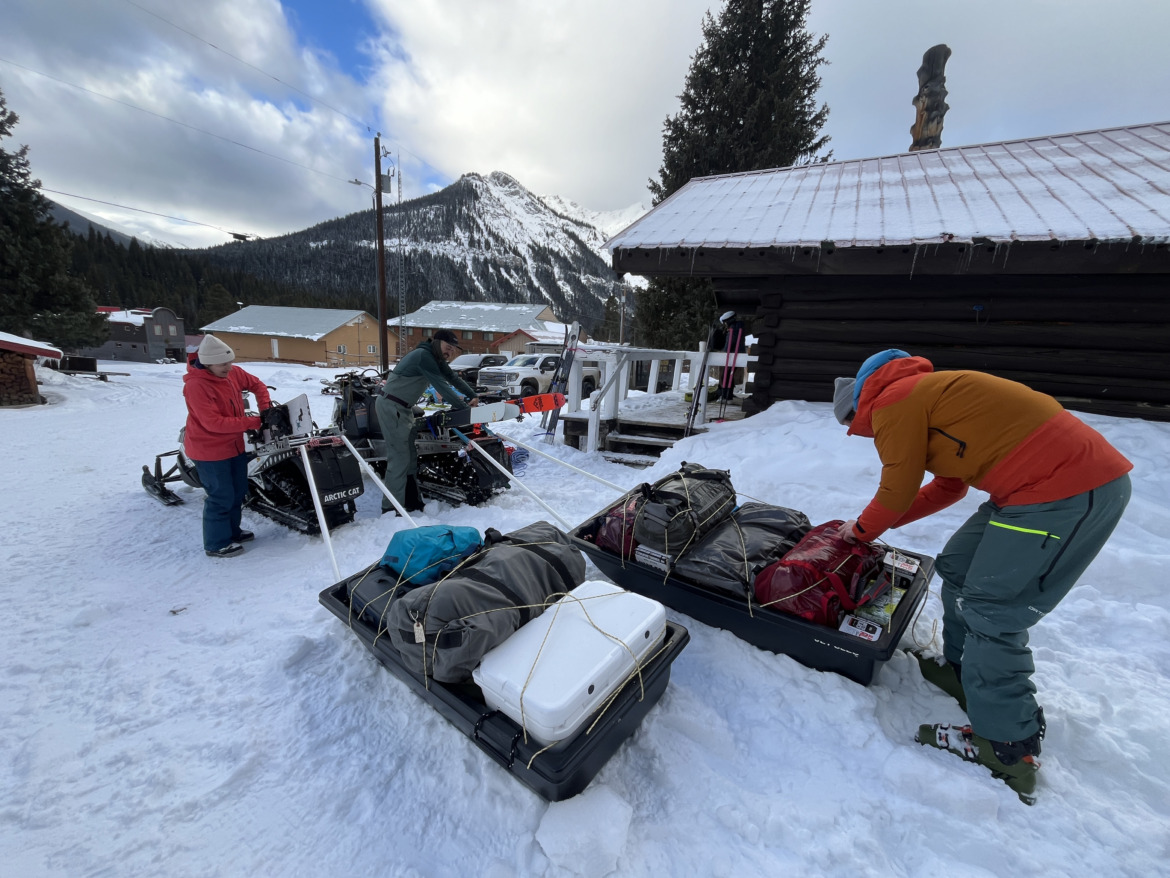
Extracurricular
Powdered drink mix. Wait, did I say to avoid added sugars in powdered drinks? Well, let’s not get carried away here. We all deserve to cheat now and then, and for me, that’s cocktail hour after a day of ski touring. Whatever your taste, be it margarita mix or hot cocoa, bring a powder mixer for your adult beverages. I’m partial to the instant hot apple cider pouches. Add a pack of that to some hot water and bourbon on a cold evening and you will be a happy camper. Mortal Hydration’s Salty Margarita flavor can pull a double shift as hydration mix and cocktail mixer.
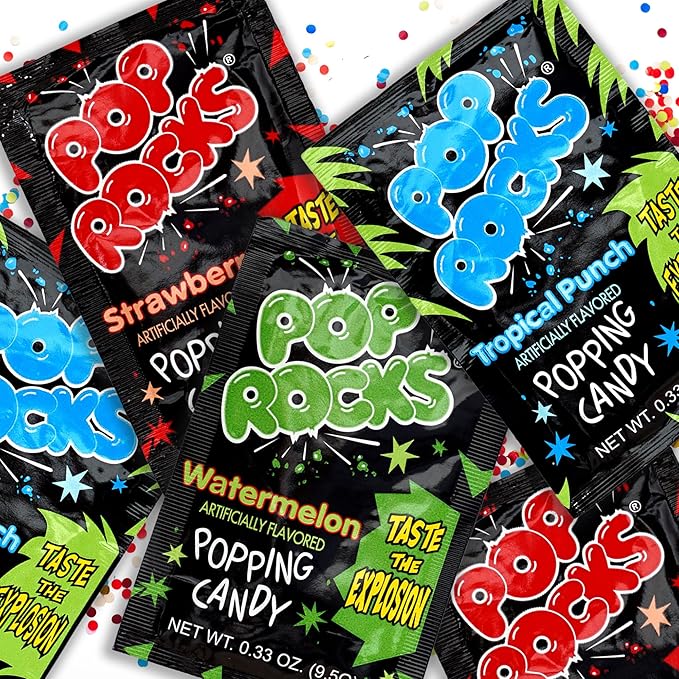
Pop Rocks. We’re on the sugar train now dammit, let’s keep it rolling. This is dessert, after all, not your mid-exercise hydration supplement. Almost weightless, easily packable, and fun for the whole gang. Depending on your choice of beverage, crushing some Pop Rocks up for the rim of your drink can be a fun substitute to salt as well.
Side note: did you know that Wintergreen mints spark up and illuminate your mouth when you bite into them in the dark? It was recently brought to my attention that this is not common knowledge, and is a fun trick to show your kids or easily-amused friends.
A “Moodsetter.” Big joys come in small packages in a hut, transforming a dark room into a fun and lively space. A Bluetooth speaker is an obvious example (download those Spotify playlists!). A friend of mine once brought a compact, packable disco ball along with very small battery-powered, color-changing string lights. These transformed the evening atmosphere and, after some light mind-expansion, we were all grateful she had brought them.
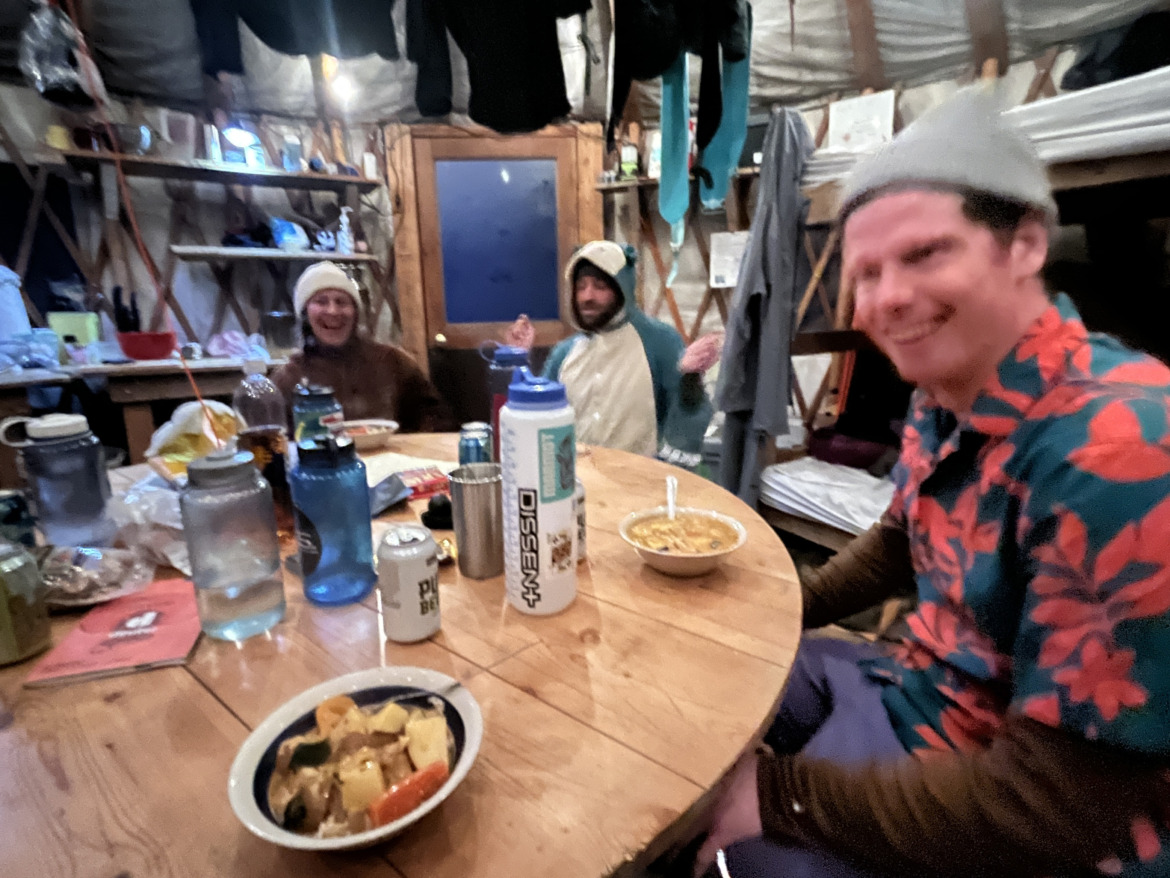
A Surprise. Years ago, I climbed Shasta with a group of friends. It was windy, icy, and we reached the top in a heap of exhaustion. The mood wasn’t sour, but we weren’t the liveliest bunch. As I reached into my pack for my squashed and frozen PB&J, my friend Will reached into his and pulled out three coconuts. To all of our amazement, he poked holes and inserted a straw into each, and began passing them around on the summit. I don’t particularly care for coconut water in my daily life, but sipping that fresh nectar at the end of a slog like that was heavenly. We all livened up and laughed in shock. Is this real?
I’m not necessarily saying that you should carry coconuts with you wherever you go. But surprises like that–big as a coconut or small as a zip tie–can create a memory that your friends remember fondly and find themself writing about a decade later.
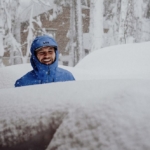
Sean is a Truckee-based outdoor writer and custom homebuilder with a love for skiing. Sean helped launch Out of Office in 2023, a gear and travel column for Men’s Journal. When he’s not designing and building custom homes, he’s exploring the Sierra on tours and hut trips in winter and mountain biking and dirtbiking in the summer.
